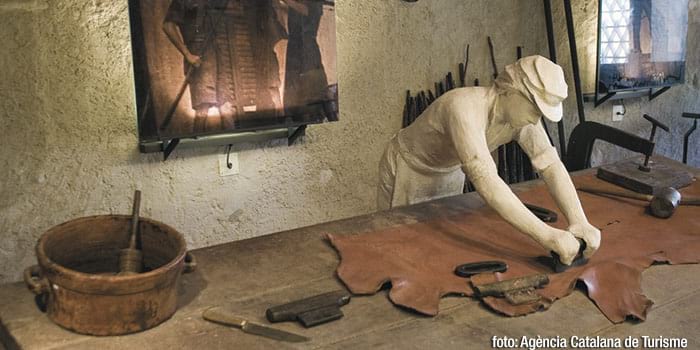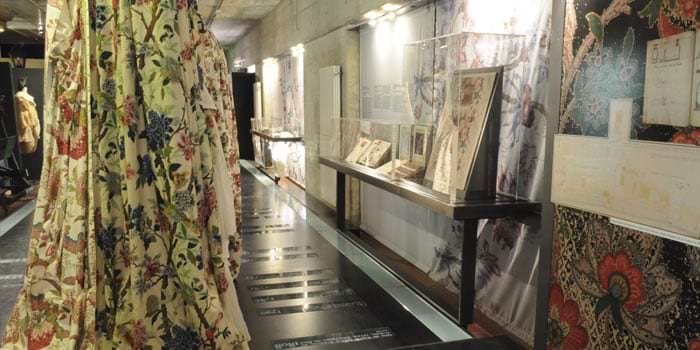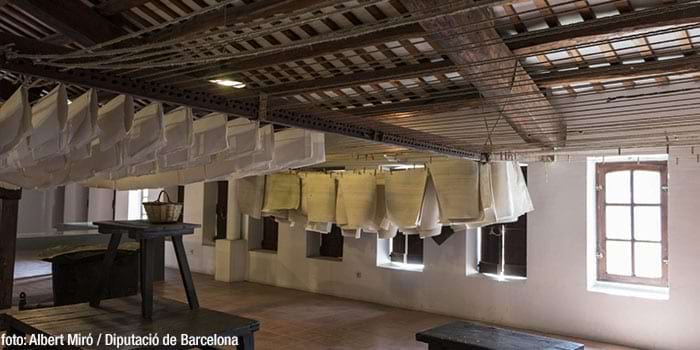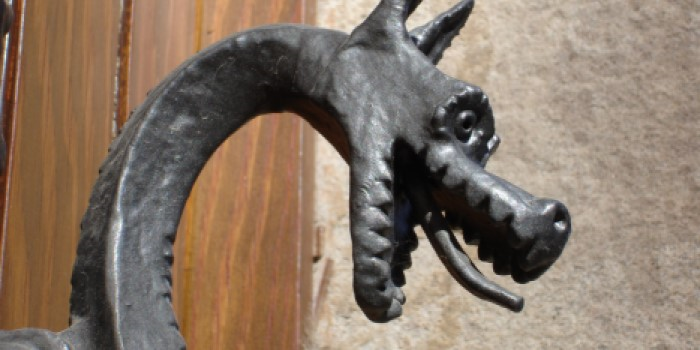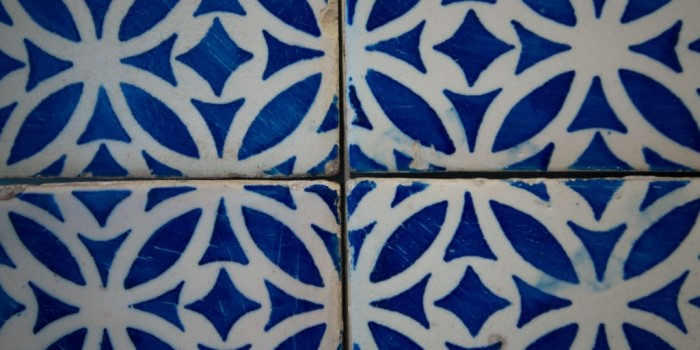Art, craftspeople and crafts – when things were made by hand
Catalonia features a long tradition in the creation of handmade works. In our industrialised times full of assembly lines, preserving the intangible heritage of old trades and crafts and being able to discover how things were made in the past is a unique and priceless opportunity. Hide, paper, leather, wood, ceramics, tiles... Take a tour of the regions of Barcelona and see for yourself the techniques used to create products that were used on a daily basis.
There are two routes in Catalonia that follow the craft past and take you back to times before industrialisation. Two tours to discover entire neighbourhoods dedicated to a trade, guided tours, museums and fairs that show you how things used to be made.
Central Catalonia route
This route starts at the Molí de la Vila de Capellades mill, now turned into the Paper Mill Museum, where paper is still made today. You go on towards the Rec district of Igualada, where there used to be tanneries for working leather and where creative workshops have now taken over. You can also visit the Leather Museum to learn all about this art.
To flesh out the knowledge acquired in Igualada, you should visit Vic and the Leather Art Museum. The practical part can be found on Carrer de la Riera street, where there are workshops and craft shops to buy their products. Follow the Ter River upstream to its tributary, the Ges River, and you will reach Sant Pere de Torelló. On the Torneria route, you will discover how wood used to be worked. To find out more, you can visit the Torneria Museum in Torelló or, if you want to see it first-hand, you can go to the La Torneria craft workshop.
In the village of Alpens, in Lluçanès, you can find wrought iron works on the streets. In the past, fire and iron were linked to many practical trades. Modernity has relegated them to rather aesthetic aspects. Every two years, the Forge Fair is held, an international gathering of forgers for iron artists.
The last stop on the crafts route of Central Catalonia is Cardona. The Romanesque and Gothic castle, built on top of a hill, watches over the Cardener and the salt mine, the Muntanya de Sal Cultural Park. In the Josep Arnau Salt Museum, you can see salt figures, sculptures that have been painstakingly carved.
Craft route through the regions of Barcelona
Ceramics, tiles, pitchers or textiles are just some of the handicrafts you can discover on the craft route through the regions of Barcelona. At the first stop you can learn how to make prints at the Premià de Mar Stamping Museum Workshop. The textile tradition is widely rooted and historical in the area.
Continuing along the coast to Arenys de Mar, you can visit the cemetery to admire its sculptures. In addition to fresh fish and the fishing fleet, Arenys was known during the 19th century for bobbin knitting, made from high-quality cotton, which was used to make the fine net, the Arenys knit. At the Marès de la Punta Museum, in Arenys de Mar, you can also see other weaving techniques, such as lace, Valenciennes, Chantilly or tonde.
There are still master potters, such as Mia Llauder or Joan Serra, in Argentona. Both are linked to modern ceramics. On the other hand, if you want to see displays of traditional terrazzo, you can wait for the International Ceramics Fair, Argillà, or visit the Museu del Càntir (Pitcher Museum), with ancient pieces or some objects painted by Picasso.
From the mid-19th century and the Art Nouveau period, the tile was one of the elements being promoted. In Esplugues de Llobregat, you can tour the rooms and corridors of Can Tinturé, the first museum dedicated to tiles, and then go to La Rajoleta, an industrial ceramics museum, where you can follow the entire production process.
Following the Llobregat River upstream, on its way to the springs, we come across Montserrat and, at its foot, Esparreguera. The clay found in the area influenced the local ceramists and potters. Mixing tradition and modernity with a more artistic touch, you can visit the Ceràmiques Sedó workshops.
To round off the route, stop off in Terrassa, where Art Nouveau and the industrial textile past meet. At the Terrassa Textile Museum, which is part of the Network of Textile Museums of Catalonia, you can explore the temporary exhibits, which show you different aspects of this world. You can also visit Vapor Aymerich, Amat i Jover, a former textile factory that houses the National Museum of Science and Technology.


